How to protect bulbs from frost: tips for brilliant blooms no matter the weather
Learn how to protect bulbs from frost and you'll be rewarded with a beautiful springtime show
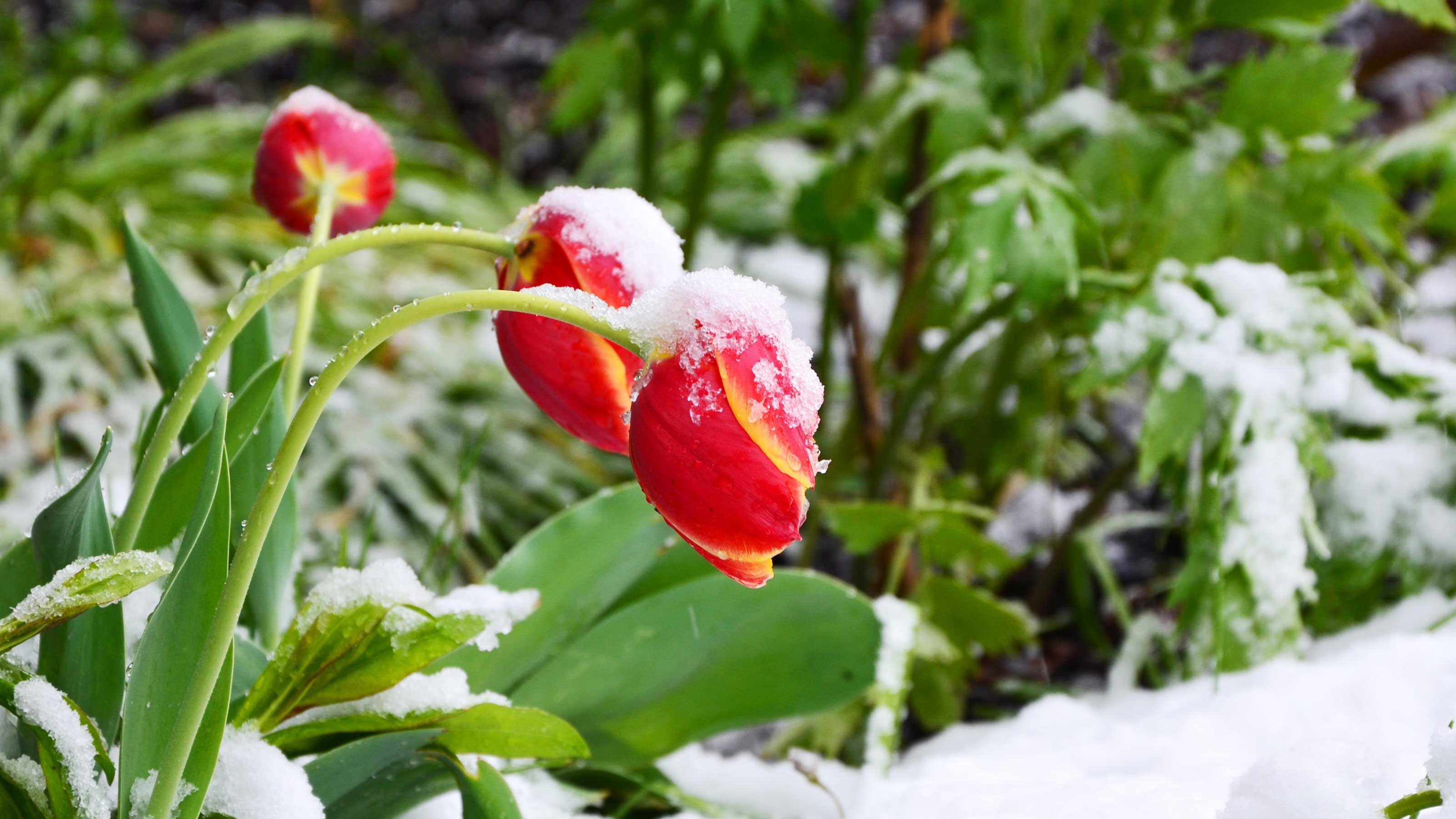
It's always useful to know how to protect bulbs from frost if you want to guarantee a beautiful display next year. The last thing you want is for them to be damaged by winter weather.
Planning, buying, and planting bulbs is an exciting process, and of course, takes time and money too. So, to avoid disappointment when spring comes around, there are a few tips and tricks to take on board. That way, not only can you ensure your bulbs get off to a strong start, but also, you can protect any early bloomers that are susceptible to shock from sudden cold snaps.
We've brought together plenty of tips on how to protect bulbs from frost below, so that your springtime show lives up to expectations.
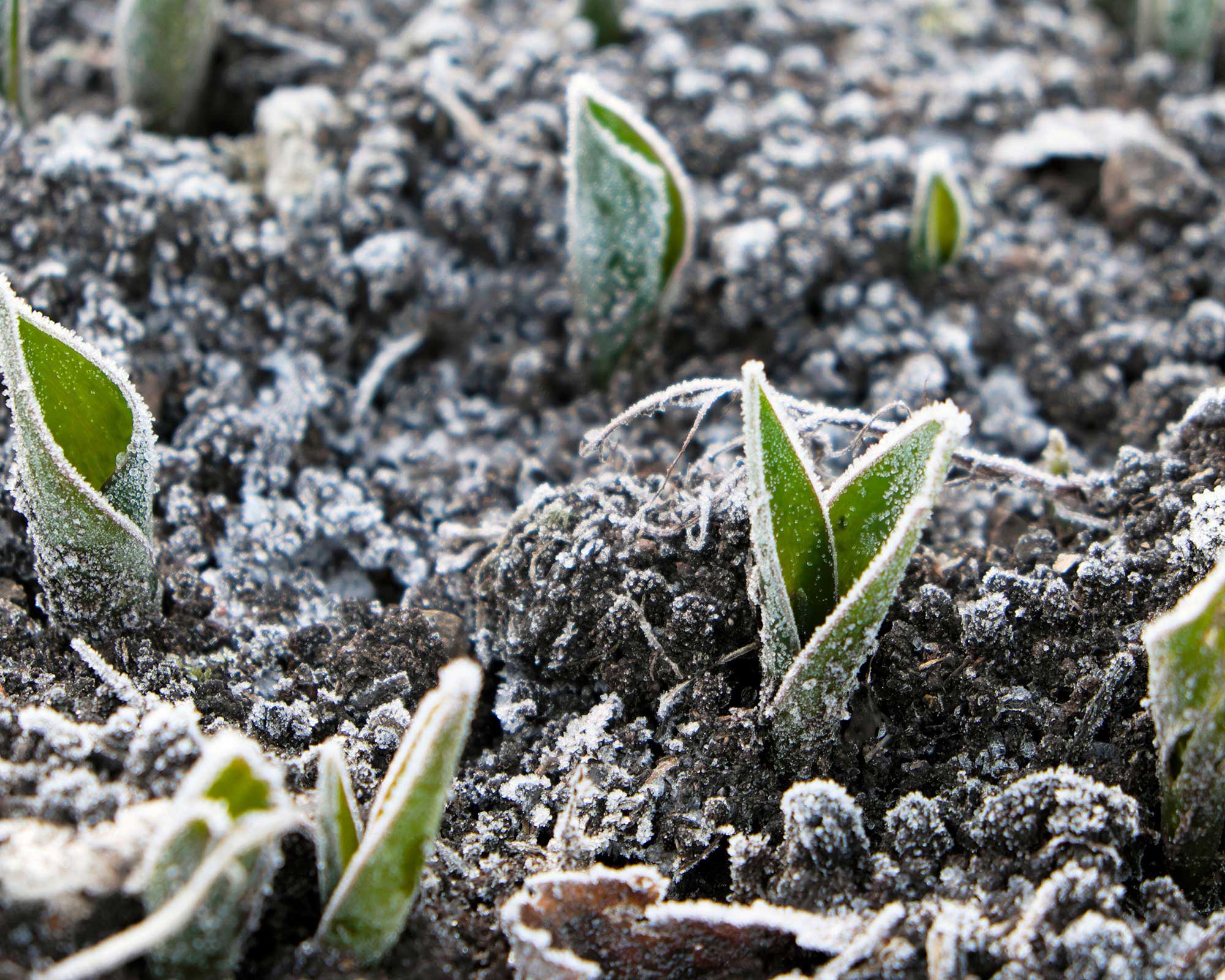
A guide on how to protect bulbs from frost
From advice for planting to tips on containers, we've got plenty of useful info on how to protect bulbs from frost below.
Do all spring bulbs need protection from frost?
You might be wondering if your chosen bulbs need protection from frost at all. If you've learned how to plant crocus bulbs, for instance, the welcome sight of their jolly blooms poking through a blanket of snow may be familiar. And the snowdrop's name alone suggests it's more than capable of handling the cold.
It's true: most spring bulbs are hardy little things, as long as they're planted correctly (more on that later). But, while most bulbs will withstand the cold once they're in the ground, for some, 'the foliage, buds, and blooms can be victims, resulting in browning and wilting,' explains Liam Lapping of Flowercard.
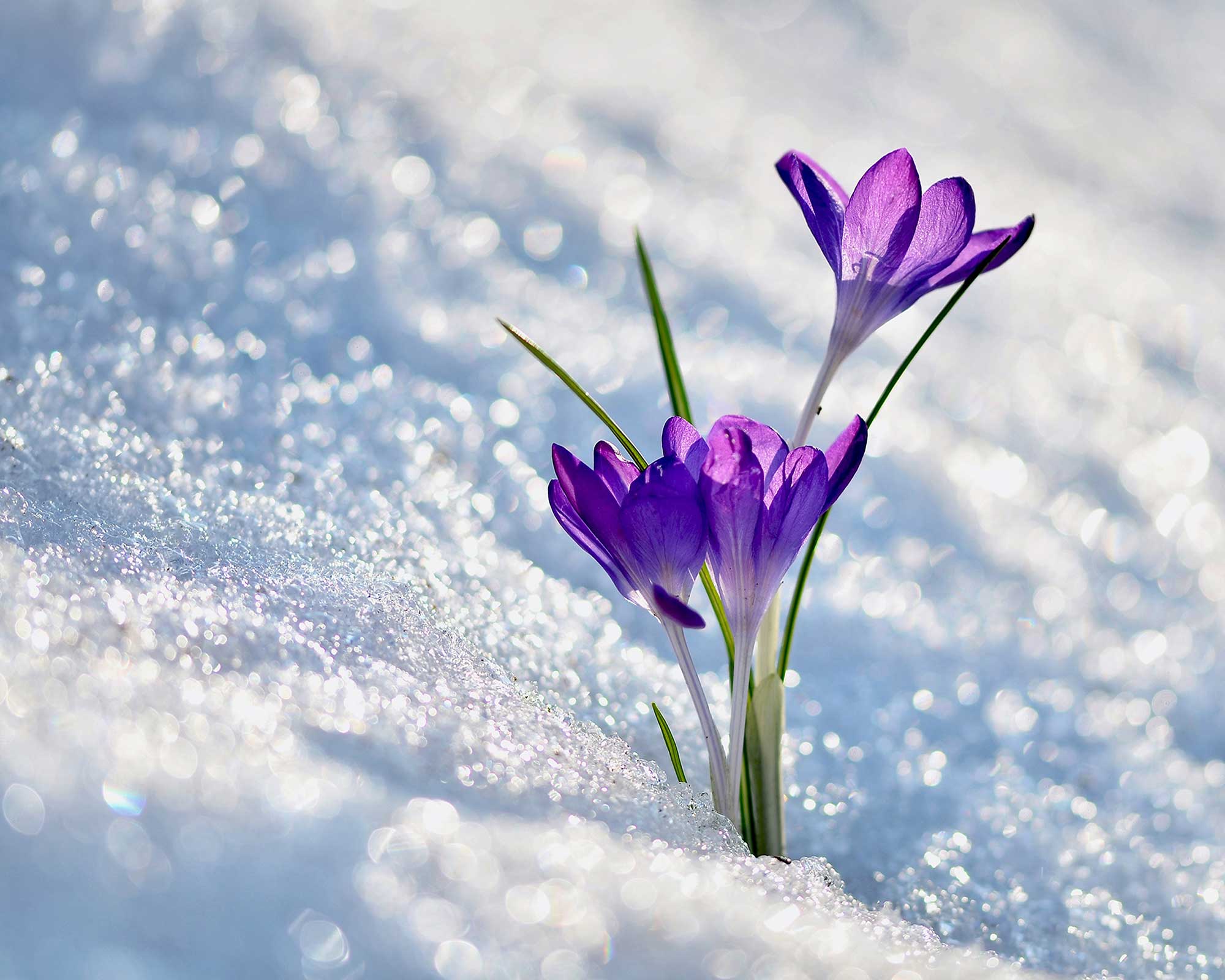
You see, nowadays, the changing climate can result in fluctuating temperatures. This can encourage some bulbs to bloom earlier than expected, only to then have to endure sudden bouts of cold.
Some are tougher than others at dealing with this – plants like snowdrops, hyacinths, and some daffodils, as says Morris Hankinson, Director at Hopes Grove Nurseries. Winter aconite, winter irises, and Cyclamen coum are other examples, as comments Samantha Jones, gardening expert at MyJobQuote.
However, others, like tulips, aren't so well equipped, especially once they're in bud or bloom. So if in doubt, there's no harm in giving early-flowering bulbs a little help if extreme weather is forecasted.
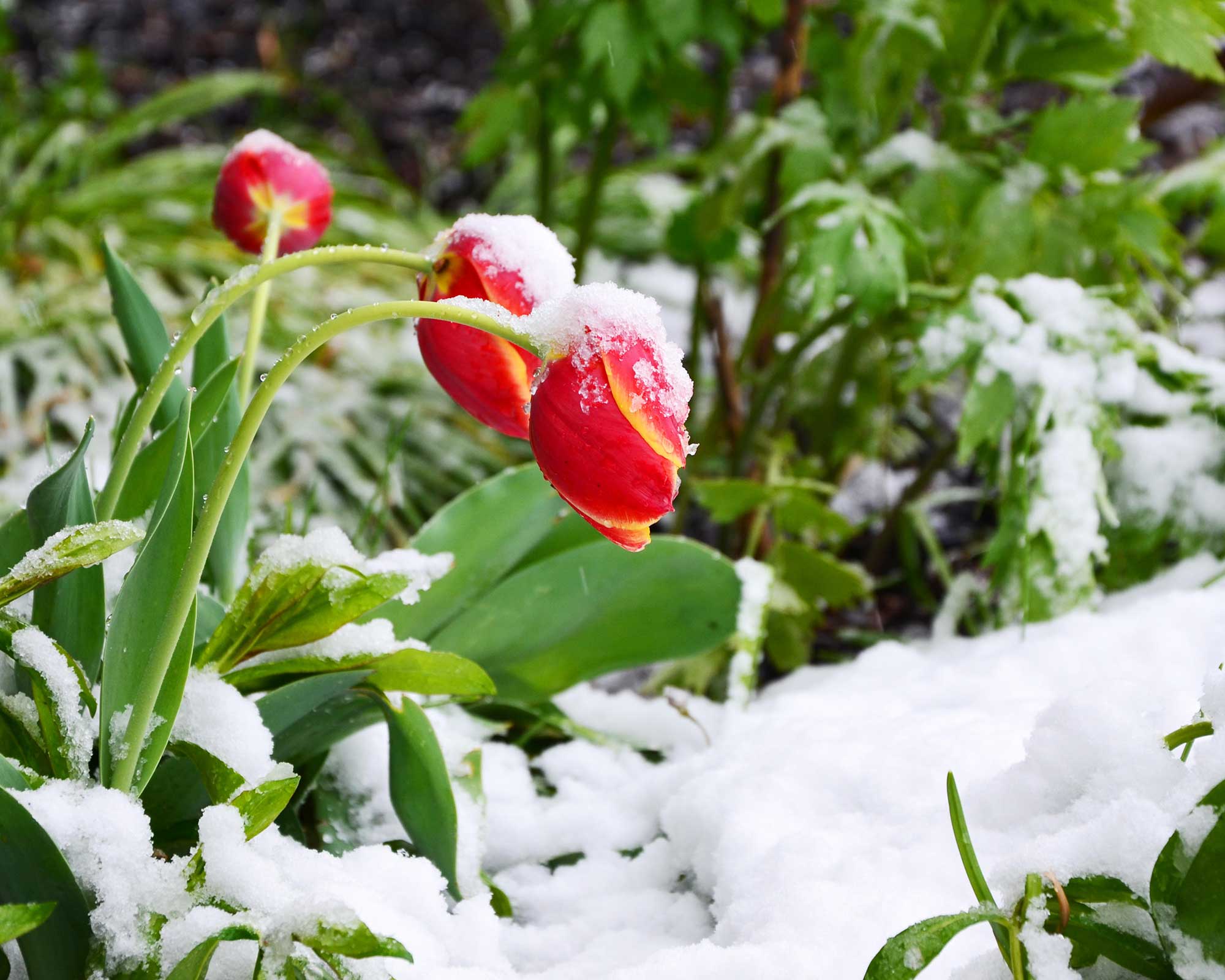
6 simple ways to protect your spring bulbs from frost
Luckily, protecting your bulbs couldn't be simpler, and will reward you with beautiful, long-lasting borders.
1. Dig a little deeper
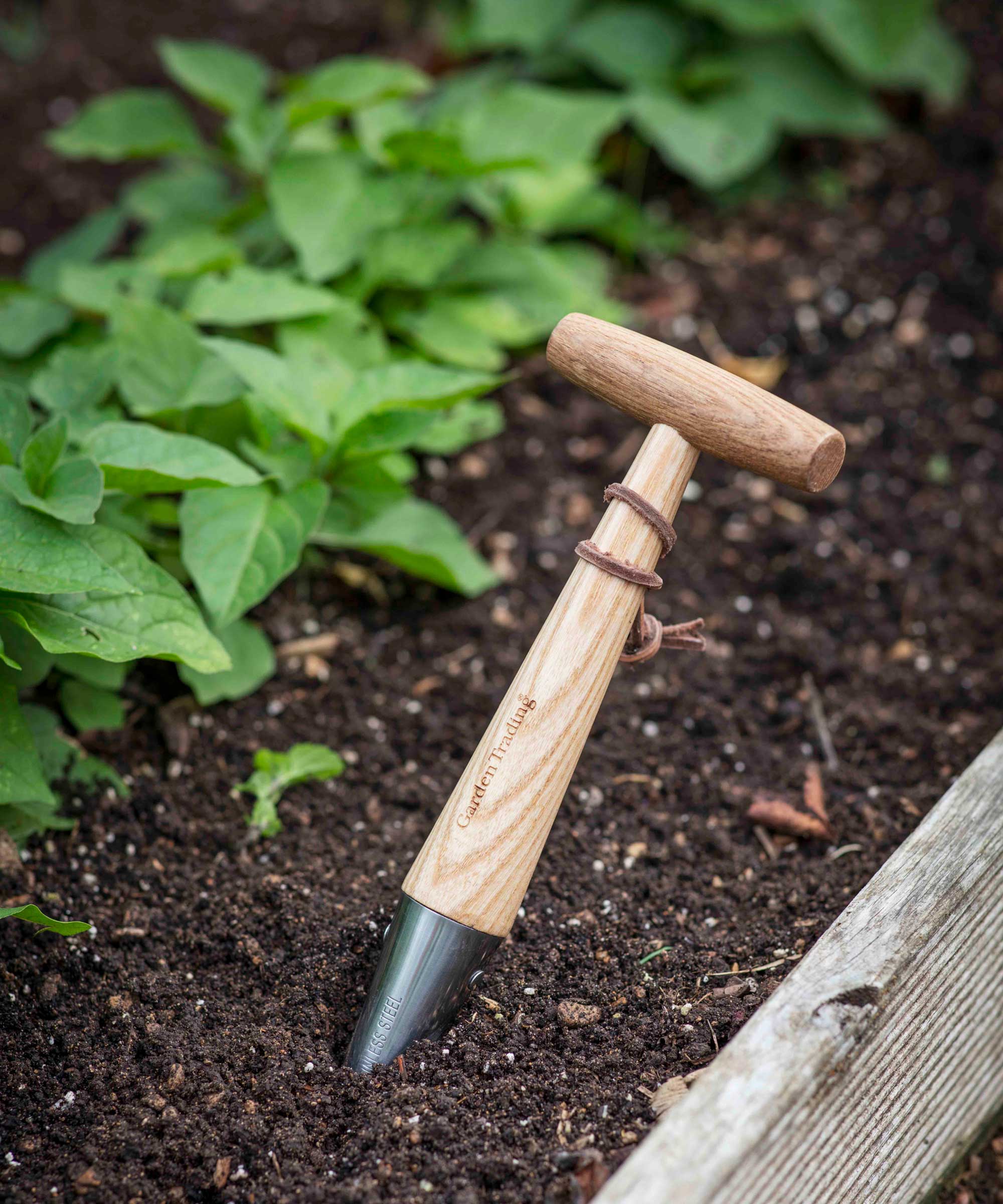
It can be worth digging down deeper to protect bulbs from both frosts and pests such as squirrels, especially when it comes to learning how to plant tulips.
Tulips need to be planted at least three times the height of the bulb (most others: two to three times). In fact, any shallower than this and you risk the plants not flowering at all.
For best results, use a dibber to help you make the hole – these are designed to make consistent holes in the soil with very little effort.
2. Remember to mulch
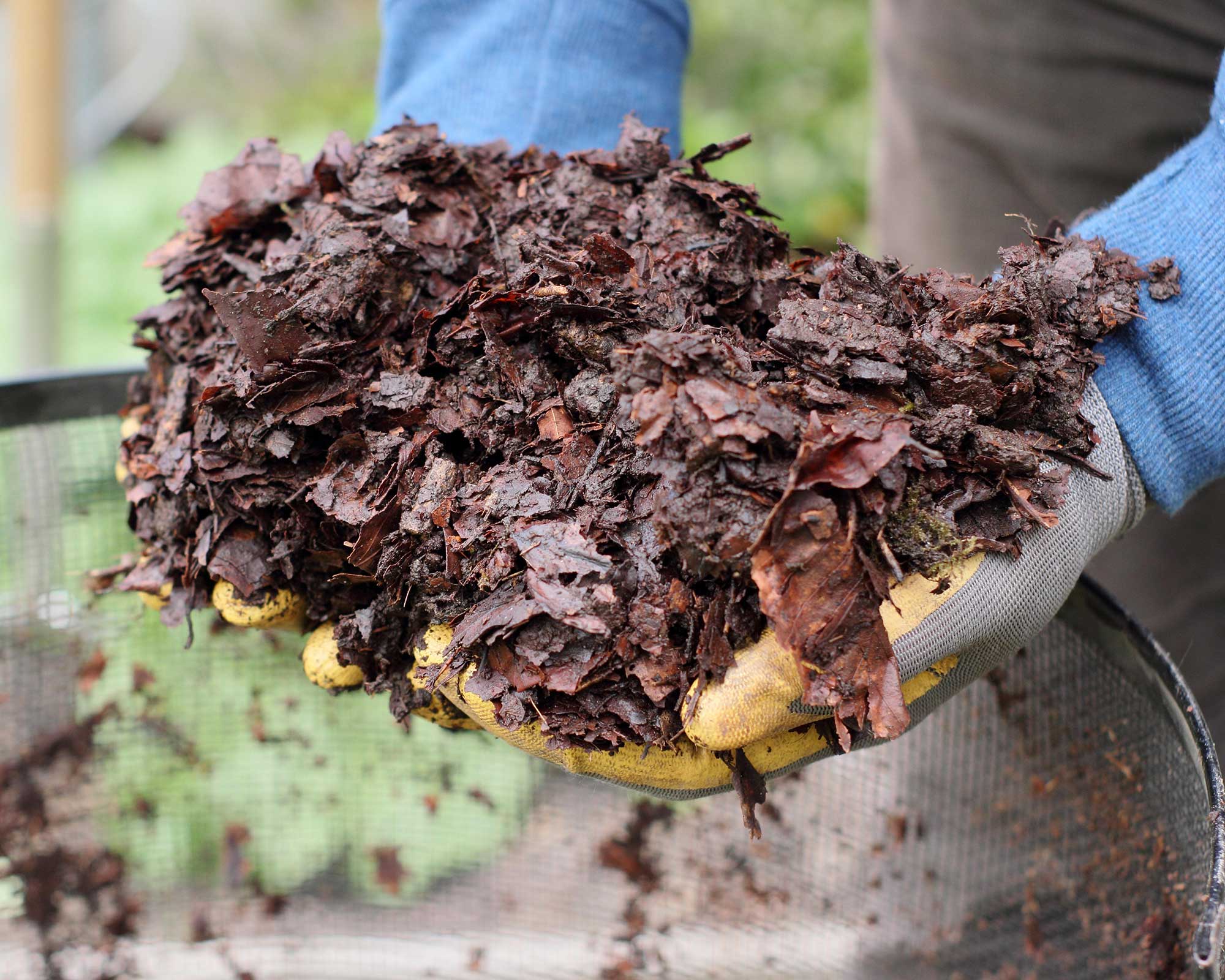
'Another effective method for deterring frost is to add around 2 to 4 inches of mulch on top of your spring bulbs,' says Samantha Jones, gardening expert at MyJobQuote.
You can do this as soon as they're in the ground, ideally when the soil is cool but not frozen. Not only will mulch help protect the bulbs from frost by maintaining an optimum soil temperature, but it will also help the ground retain moisture.
Mulching isn't just for bulbs – it's useful all around your garden. You can find plenty of info about it in our guide.
3. Opt for a mesh cloche
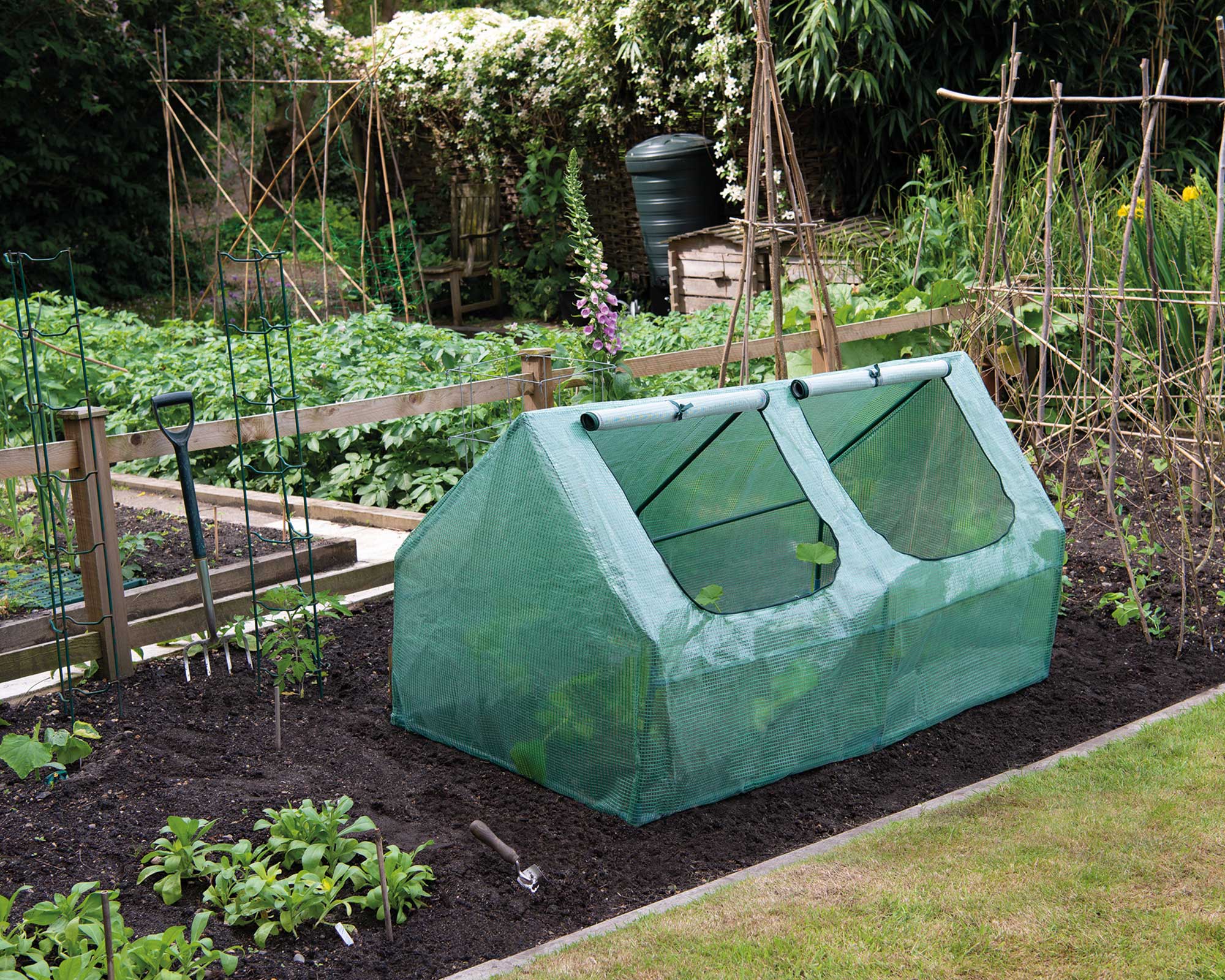
A netted garden cloche can easily be assembled on top of your freshly planted bulbs. It will protect them from cold and wet weather, including frost and heavy snow, and allow the bulbs to grow while still being protected during the early spring months.
If you choose a design with windows, you can tie them up to allow in some light and warmth on those brighter sunny days.
- Looking for more ways to protect plants from winter? Our guide has lots more useful advice.
4. Keep them indoors
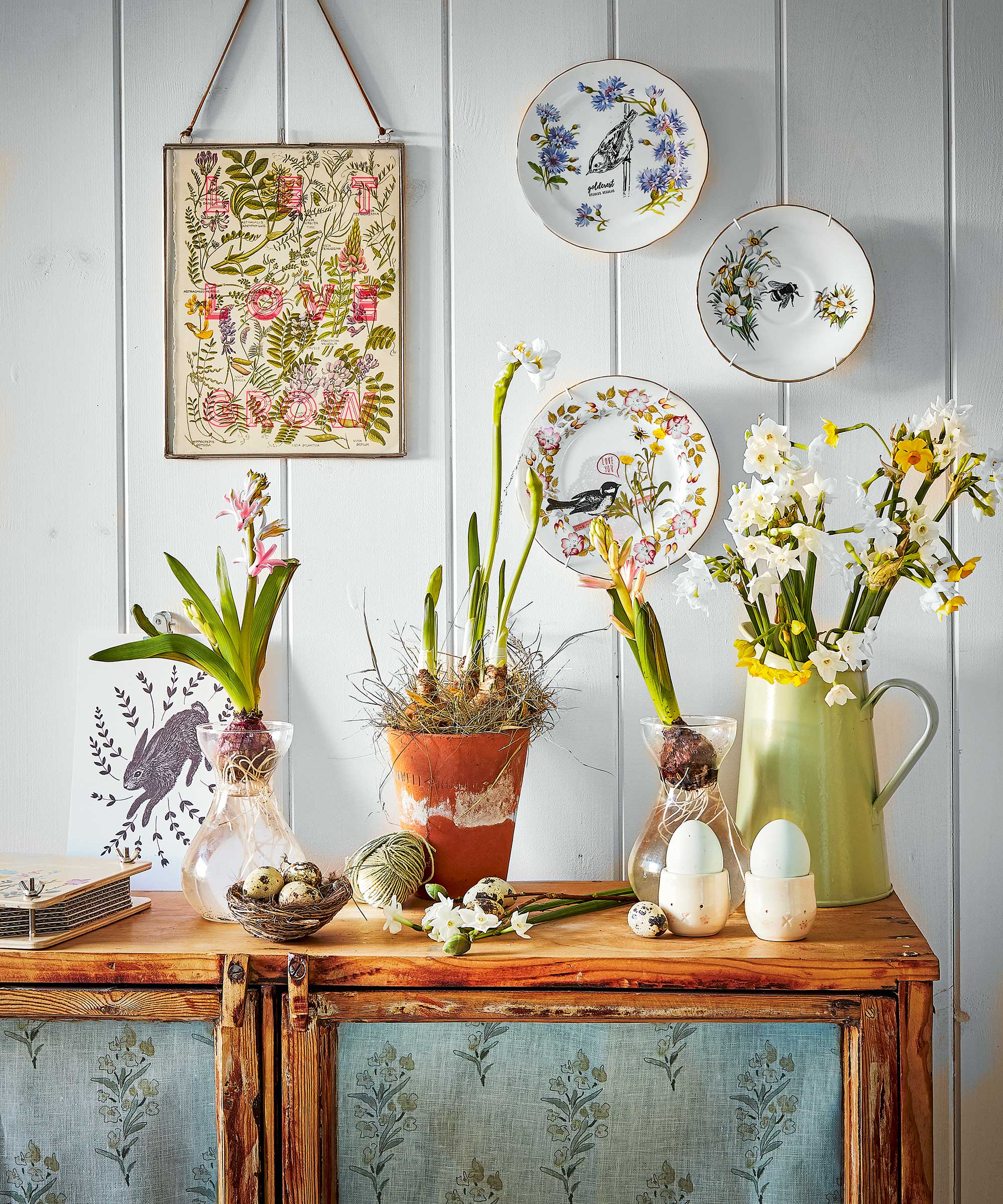
An alternative option to keep your bulbs safely away from frosts is to grow and nurture them indoors rather than out. It's a perfect solution if you don't have a garden or if your yard's on the small side.
Another reason to do this? Having some beautifully scented hyacinths and narcissi blooming on your windowsill can be wonderfully uplifting throughout the gloomier months.
You can buy bulbs in autumn that have been specially treated and will flower as early as Christmas or New Year. Our guide on how to force bulbs indoors has all the info you need should you wish to give it a try.
5. Wrap them in fleece
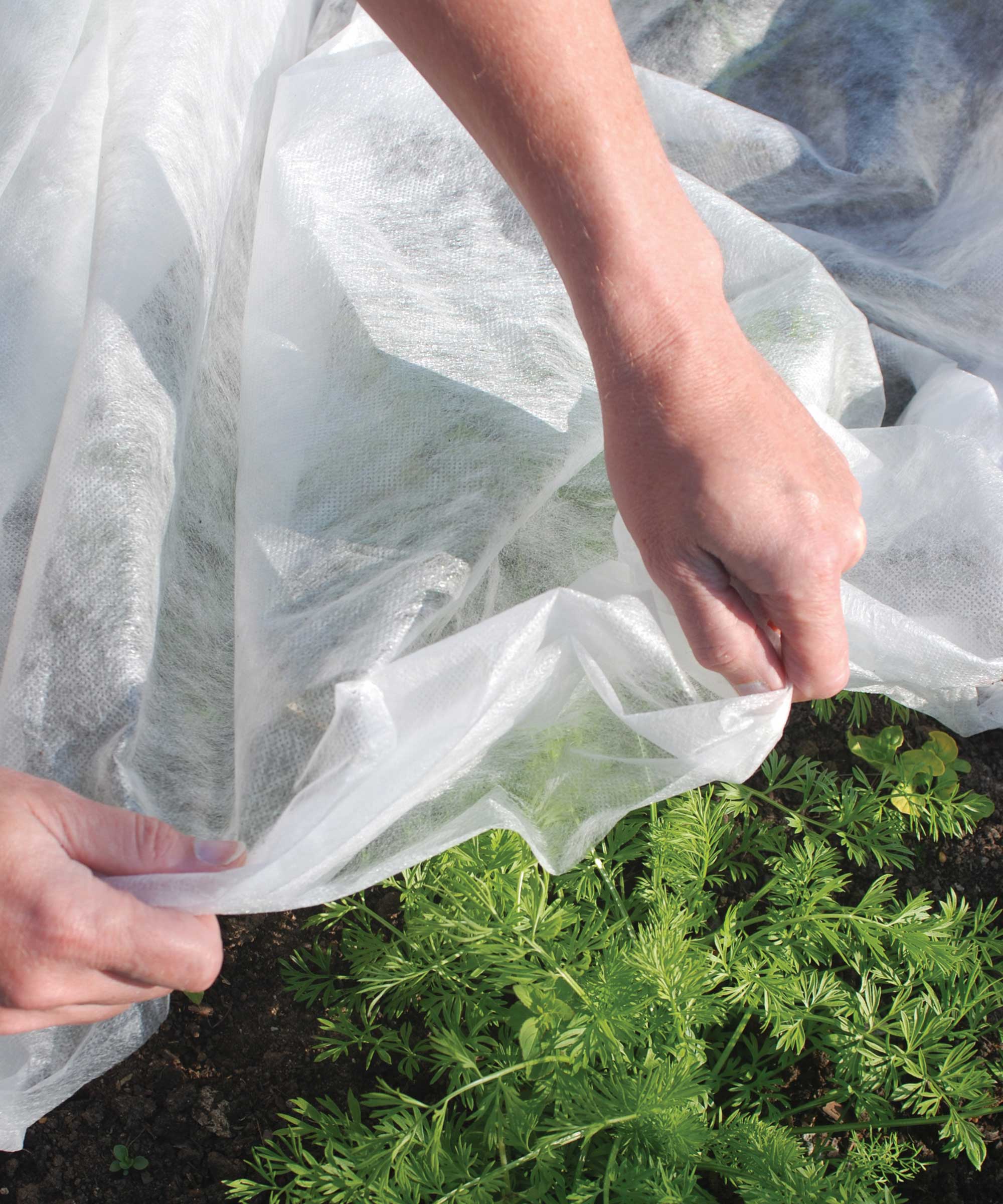
You can give your bulbs a head start by covering them in frost-protection fleece when temperatures drop. It's great value and an easy way to protect your bulbs and the plants once they start to poke up above the soil in early spring, too.
One layer of thickness will protect against temperatures of -2 to -3°C (28.4–26.6°F). Or, for those extra chilly nights, you can double the layer and it will protect them to -6°C (21.2°F). You can also re-use it in the summer to keep pests away.
'Make sure you remove it before the temperatures rise in the day,' advises Morris Hankinson, Director at Hopes Grove Nurseries. Alternatively, he suggests using a cloche to protect blooming bulbs from frost. 'Again, remove as soon as temperatures rise.'
6. Pick the right location
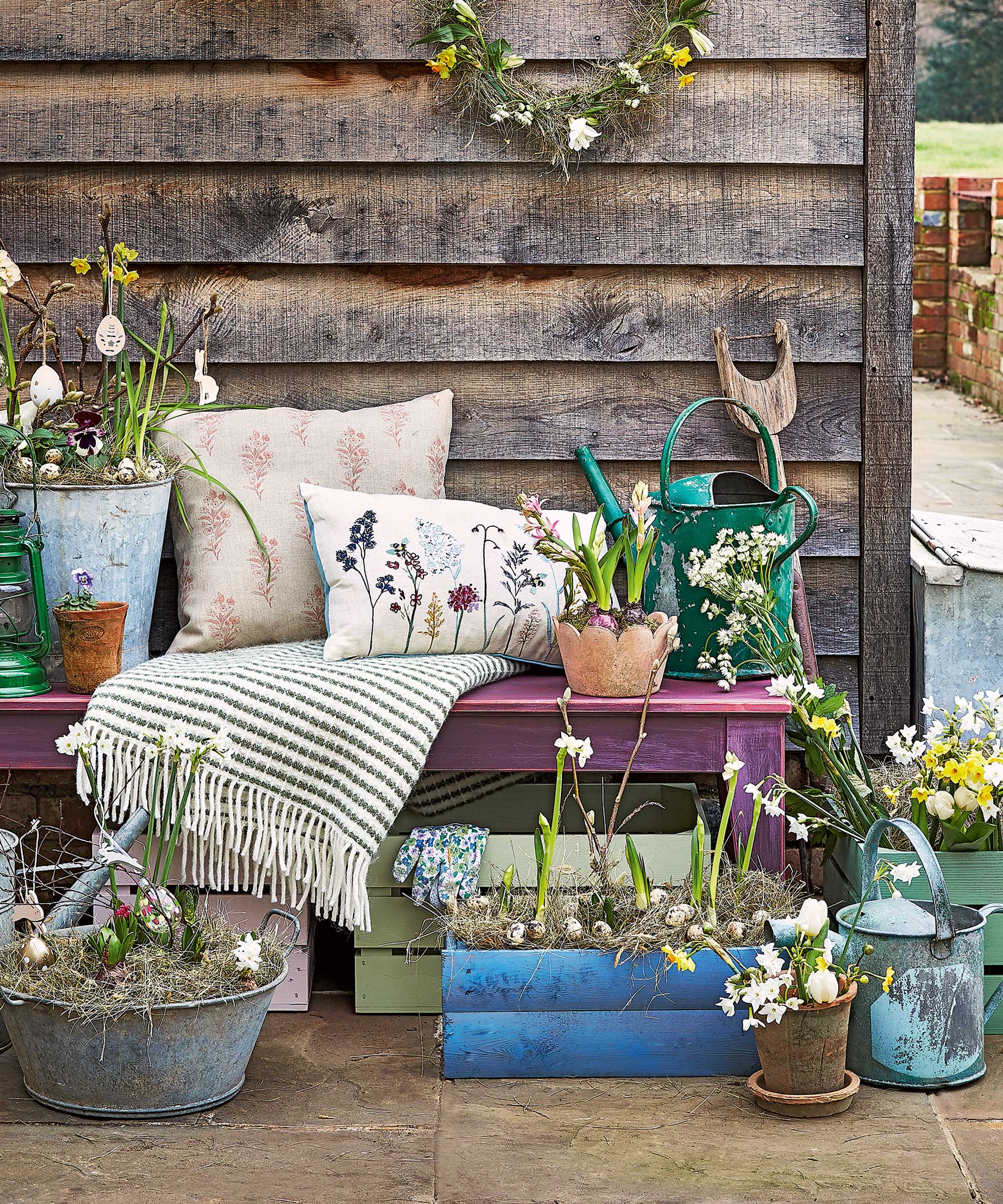
'Before planting bulbs, you should decide on the best environment for planting,' advises gardening expert Samantha Jones.
'For example, planting spring bulbs near a building or tree will provide adequate shelter and will also prevent frost from ruining the plant.' Near a sunny garden wall also makes a good spot and will help deter strong winds.
How do you protect bulbs in containers?
Learning how to plant daffodils, tulips and other beautiful bulbs is a great approach for containers. However, a little more consideration should be taken on board in terms of frost protection.
'If you have put your bulbs into containers, they're more vulnerable to the cold as they do not have the ground insulating them,' says Liam Lapping of Flowercard.
'Firstly, make sure all your pots and containers aren't damaged as any cracks will expose the roots to the frost. To protect both the bulb and the pot, move them to a sheltered location such as a shed, porch, or against the house where temperatures will be warmer.
'You can also wrap the pots up in a sheet or even bubble wrap to keep them warm,' Liam adds. 'Just make sure to remove it when the sun is out.'
You can find more container gardening ideas for all seasons in our guide.

How do you protect dahlia and gladioli bulbs from frost?
You don't need to worry about the flowers being caught by frost when it comes to dahlias and gladioli, as they won't bloom until summer. However, some gardeners prefer to lift the bulbs out of the ground before winter and store them somewhere frost-free, to improve the chances of survival.
'Remove dahlia and gladiolus bulbs and tubers from the ground when you experience the first frosts, cutting back their stems to approximately 5cm [around 2in] from the roots first, and leave the bulbs somewhere warm and dry for a couple of days,' says garden expert Sarah Raven.
Sprinkling on some yellow sulphur powder is a good idea, Sarah says, particularly on any damaged tubers. Then, store them in dry compost in a newspaper-lined box, or in a pot somewhere warm and dry until spring.
'Alternatively, you can mulch your dahlias in late autumn under several inches of mushroom compost or similar and clear this away once the worst of the frosts are over in spring,' she adds.
You can learn more about how to plant gladioli bulbs and how to grow dahlias with our dedicated guides.
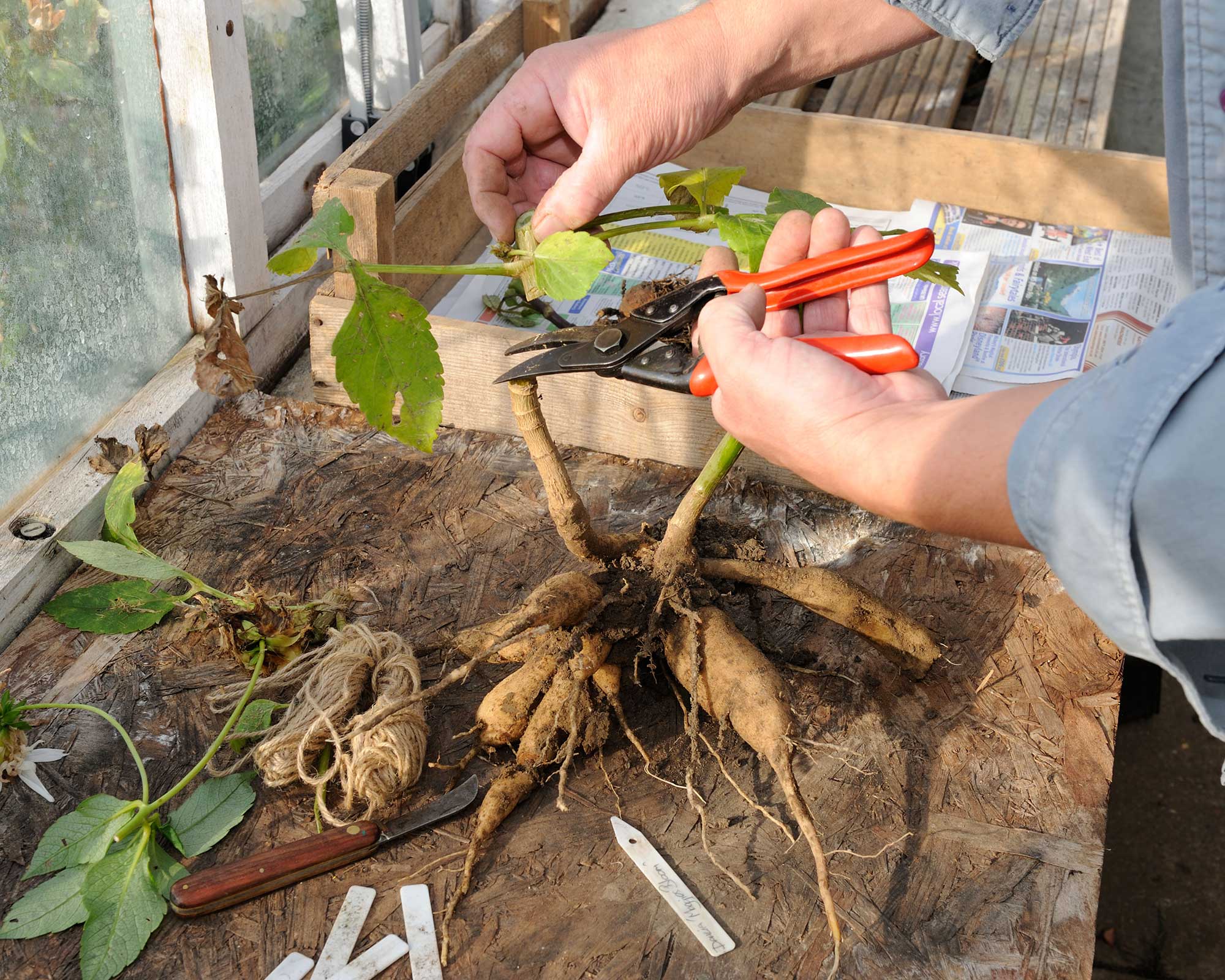
How can you protect bulbs from pests?
It's not just frost and snow over winter that we should be mindful of. Squirrels and other wild creatures should also be considered, as Philippa Burrough, owner of Ulting Wick Garden explains.
'We have muntjac deer around us that love to graze on the tulips, especially when they emerge early in spring. To stop them destroying our displays we net whole beds or use chicken wire cages to stop them getting to the flowers.
'Squirrels are less of a problem for us, but if you are plagued with them in your garden over winter, then chicken wire is also your friend. Simply place a piece over the top of the pots and secure it in place to stop them getting to the bulbs.'
You can find more tips on how to get rid of squirrels in our guide.
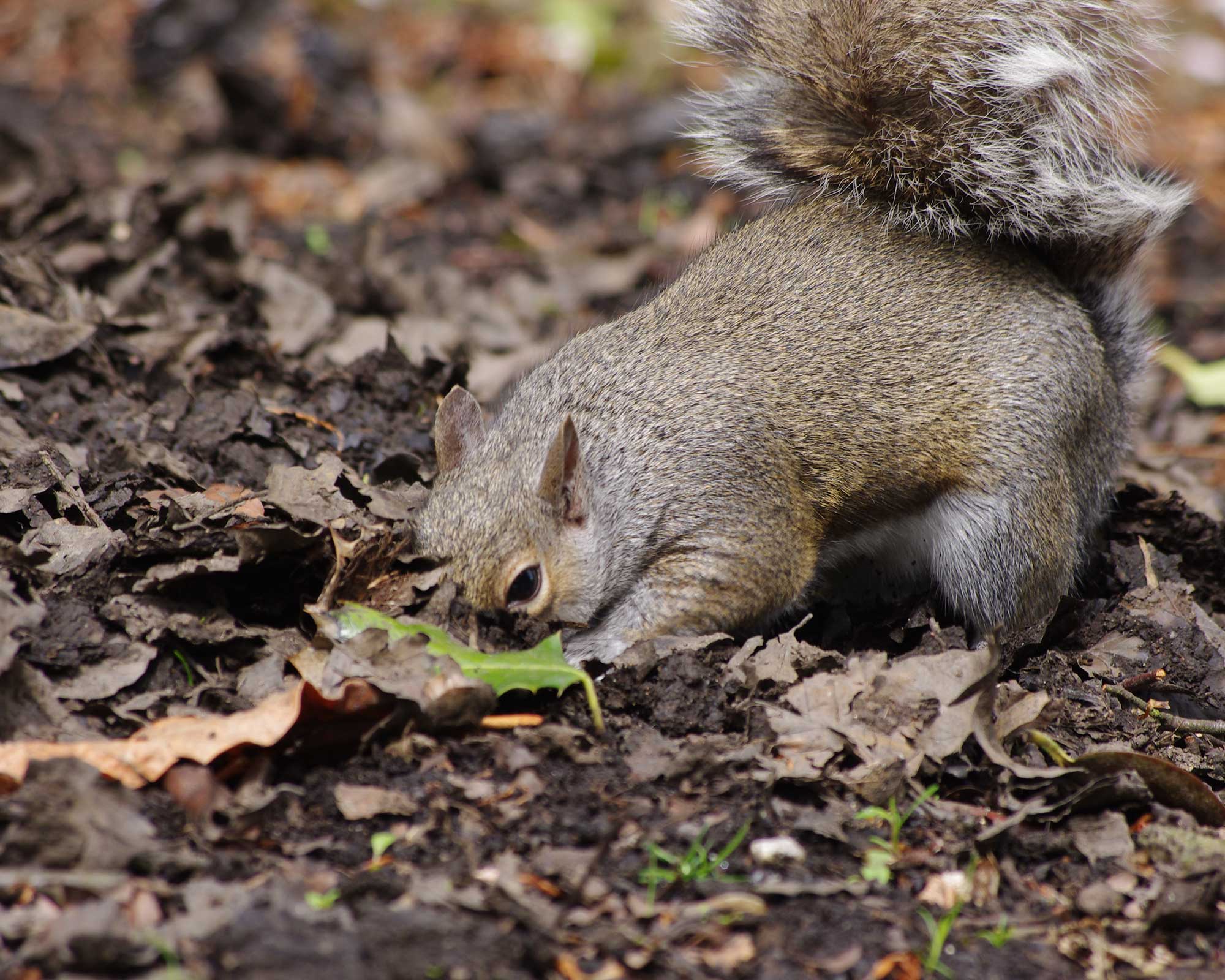

The garden was always a big part of Holly's life growing up, as was the surrounding New Forest where she lived. Her appreciation for the great outdoors has only grown since then. She's been an allotment keeper, a professional gardener, and a botanical illustrator – plants are her passion.


